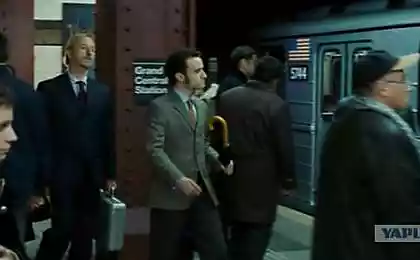1532
As die wagons New York subway
Virtually all written off cars awaits the last great journey. First they disassemble the trolley with the glass, the door trim and the equipment part, remove all hazardous materials and technical fluids. Something will go to the dump, something in processing, but something will be sold to the public. The company's website MTA has a special section where put up for sale the old equipment captured from cars and buses: signs, benches, numbers, logos, etc. Then gutted cars properly disinfected steamed and loaded onto barges that will take them into the open ocean. Among people keen on the New York subway it is called "barge death." At the destination, the cars will be dropped overboard, sank to the ocean floor, and will soon be home to thousands of fish and marine organisms.

Not all cars fall to the bottom. Part of the reserve for future use for business purposes, and is often given to the transport museum or stored in the depot.

Program to create artificial reefs emerged when the company faced the problem of disposal of the AIT large fleet of cars produced in the 60s. Used in their manufacture asbestos-containing materials, making recycling the usual way uneconomical. Then they decided to drown. It is believed that only when asbestos is injurious contact with air and water, it, allegedly loses hazardous properties. Not everyone agrees, but the government gave the green and the cars began dropping in the waters of the Atlantic Ocean.
Since the early 2000s, in a way already disposed of 2,580 cars.

Company AIT claims that dumping cars into the ocean, they have saved more than 12 million dollars.
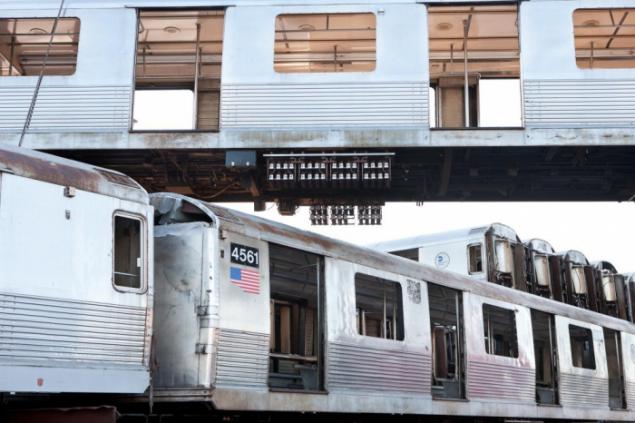



Wagons sank along the coast from New Jersey to Georgia.
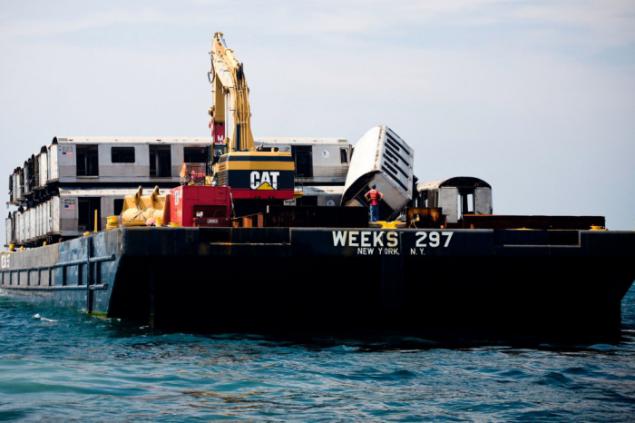

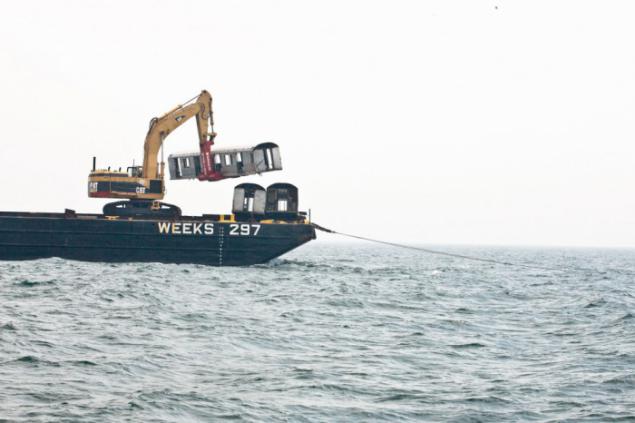
At 26 miles off the coast of Delaware has an artificial reef called Redbird. Redbird - is the name of a series of wagons New York subway, the side of which were once painted in a deep red color to combat graffiti. To create this reef on a small area was flooded with 714 cars, 86 tanks and armored vehicles, 8 tugs and barges, and about 3,000 tons of wheels of trucks. For 7 years, the population increased fish there 4 times.




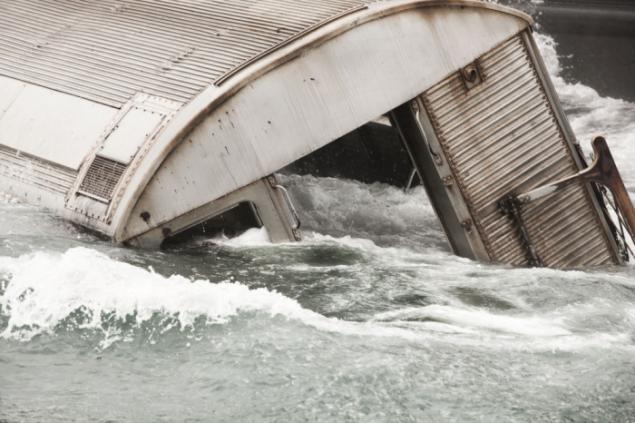




©

Not all cars fall to the bottom. Part of the reserve for future use for business purposes, and is often given to the transport museum or stored in the depot.

Program to create artificial reefs emerged when the company faced the problem of disposal of the AIT large fleet of cars produced in the 60s. Used in their manufacture asbestos-containing materials, making recycling the usual way uneconomical. Then they decided to drown. It is believed that only when asbestos is injurious contact with air and water, it, allegedly loses hazardous properties. Not everyone agrees, but the government gave the green and the cars began dropping in the waters of the Atlantic Ocean.
Since the early 2000s, in a way already disposed of 2,580 cars.

Company AIT claims that dumping cars into the ocean, they have saved more than 12 million dollars.




Wagons sank along the coast from New Jersey to Georgia.



At 26 miles off the coast of Delaware has an artificial reef called Redbird. Redbird - is the name of a series of wagons New York subway, the side of which were once painted in a deep red color to combat graffiti. To create this reef on a small area was flooded with 714 cars, 86 tanks and armored vehicles, 8 tugs and barges, and about 3,000 tons of wheels of trucks. For 7 years, the population increased fish there 4 times.









©







